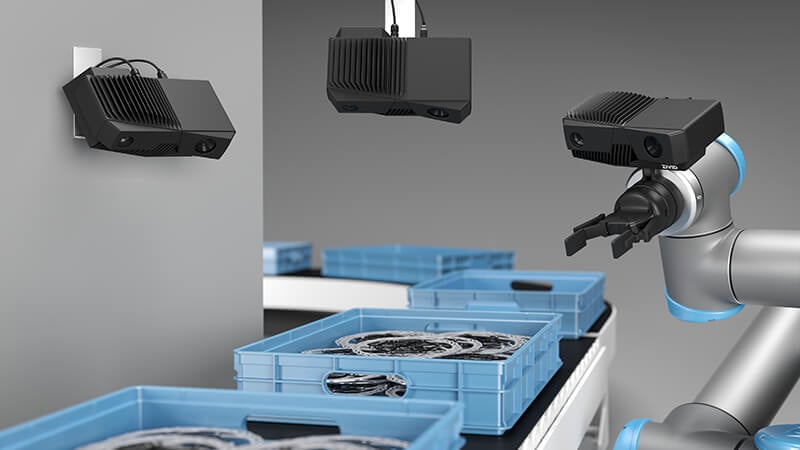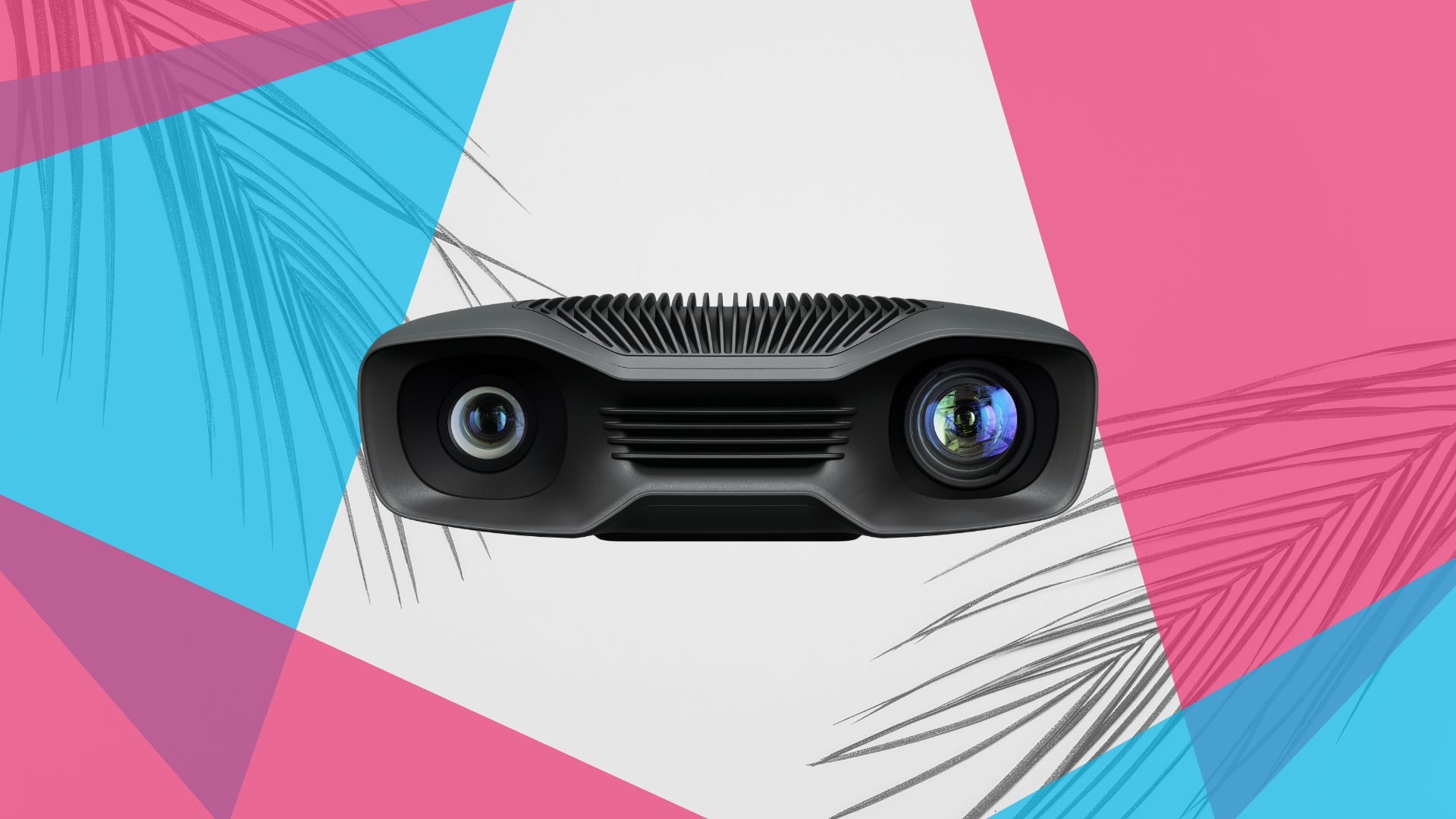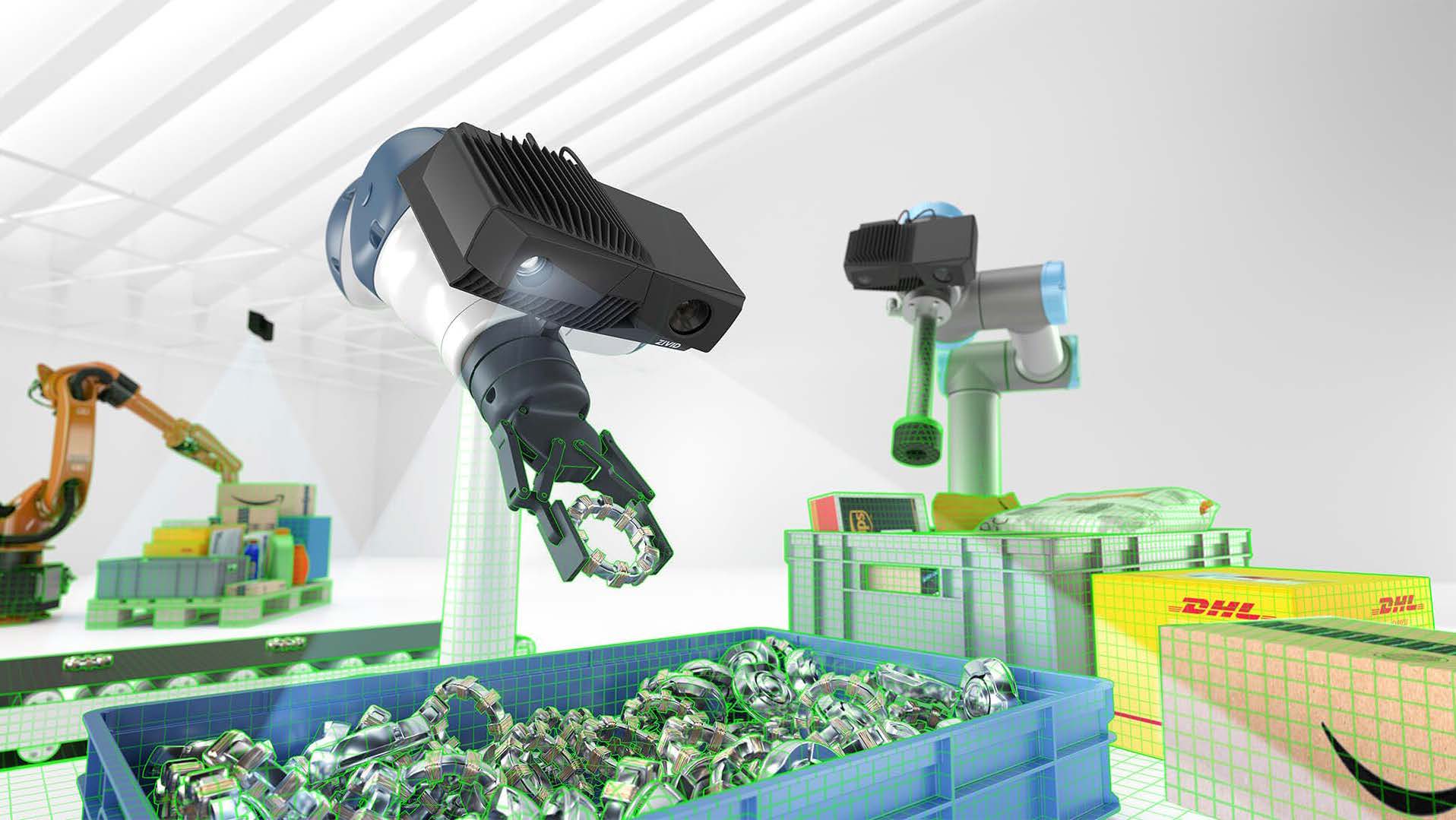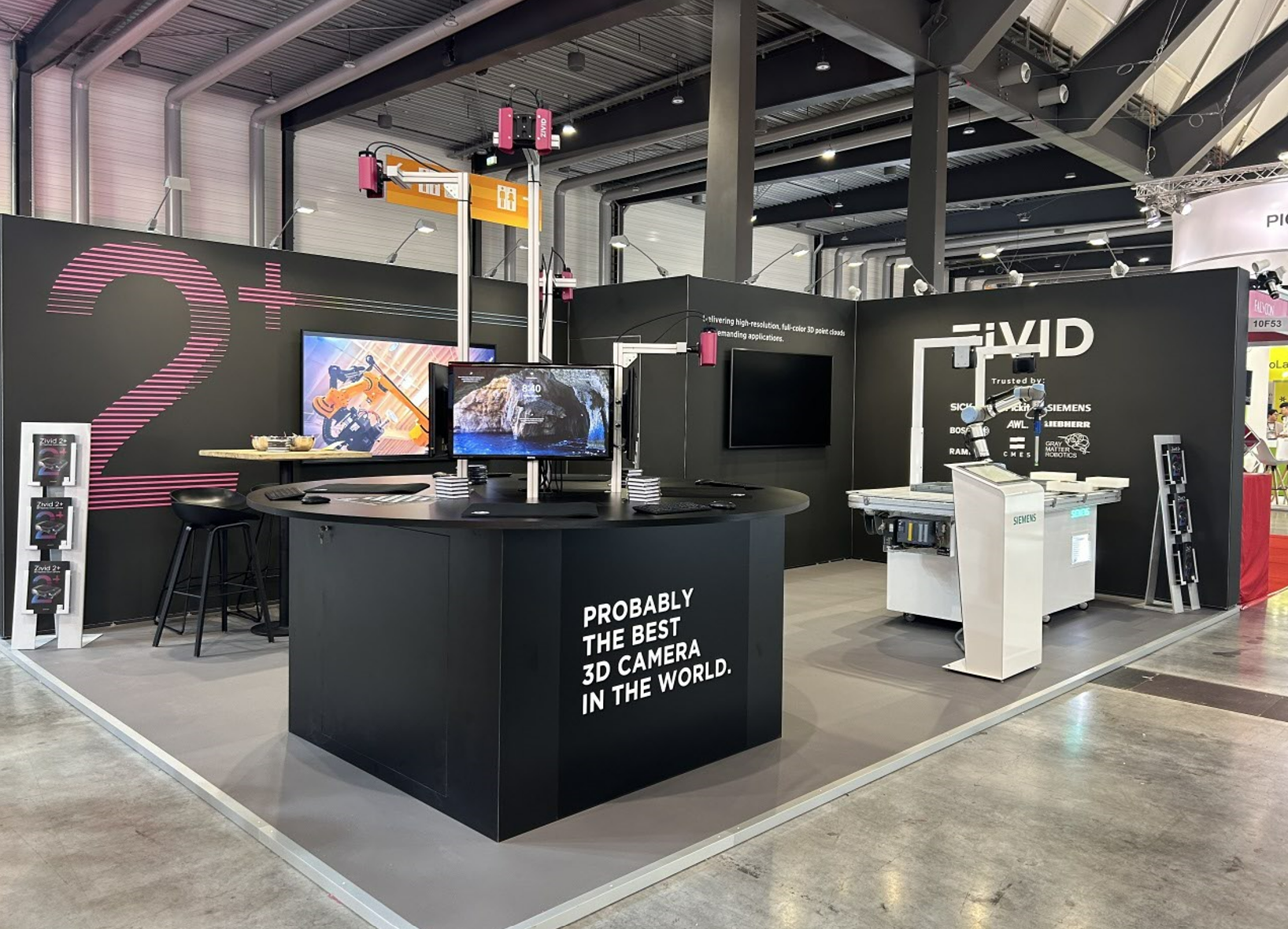What’s machine vision? Let’s be clear
No, the term ‘machine vision’ (also known as ‘industrial vision’, ‘robot vision’ etc.) is not quite the same as the term ‘computer vision’. They’re very closely related yes, but they don’t really share the same meaning.
Despite machine vision’s increasingly vital importance to assuring manufacturing quality, safety and productivity in a host of different industries, the term can still be misunderstood. So what is it exactly?

While computer vision generally refers to image capture and image analysis, machine vision uses computer vision in an industrial (or indeed other) automation setting to enable a function or action to be executed automatically, based on data extracted from the image analysis.
- Computer Vision: Acquiring, processing, analyzing and understanding images
- Machine Vision: Computer Vision used in industrial automation settings
- Robot Vision: Similar to machine vision, but explicitly used with a robot to automate tasks
So in spite of it’s naming, machine vision is not just about equipping a machine with a set of ‘eyes’ capable of seeing an object. It’s about having the ‘brain’ that’s capable of interpreting the object image data and sending the right instructions. And it’s also about having the ‘robot’ (or automated system) that’s going to push, pull, pick or place an object in response.
To be a little bit more specific on the kinds of tasks that machine vision systems have most often been applied to, consider the following well-recognized assortment:
- Assembly and kitting. Bringing together multiple components to make a finished or part-finished product
- Bin Picking. Identification and retrieval of individual components from a container of randomly arranged components
- Machine loading. Ensuring continuous supply of components to a machine, drawing components from containers, stacks or piles
- Palletizing (and depalletizing). Handling and transport of all kinds of shapes and sizes of containers
- Pick and place. Identification and movement of components or products between moving or static conveyors
Here's an example of Zivid One 3D Camera used to guide a robot in a Pick and Place configuration;
This generic manufacturing-oriented list is though far from the complete picture, and machine vision systems are increasingly finding important roles in complex biomedical or life science, logistics, surveillance and defense applications.
But whatever kind of application it is, in very basic terms a typical machine vision system is composed of:
- Digital cameras, with the requisite optics, lenses, image sensors and light sources.
- An ultra-fast, massed-memory computing device with dedicated frame-grabbing and image processing software.
- Digital I/O and/or fast networking links for interfacing to the automated system.
- The automated control system itself, comprising a robotic arm, multiple axis motion controller, actuators, feeders, conveyors, etc.
Now yes, there was a time (long ago) when the prohibitive cost of hardware and processing power meant that machine vision really was the preserve of highly automated, very large scale manufacturing sectors such as semiconductors and automotive. This though is no longer the case.
Today, during an era that the team at ZiVID Labs likes to call the Fourth Industrial Revolution, flexible, cost-effective machine vision technology is becoming immediately accessible to an almost infinite number of applications and sectors, both big and small.
And recognizing that any automated system is only as good as the quality of data it’s fed, ZiVID Labs is introducing a revolutionary range of real-time 3D color cameras with the sensitivity, resolution, and responsiveness to bring an almost human-like vision capability to next-generation machine vision systems.
Now until fairly recent times, two-dimensional monochromatic or color imaging has been successfully employed in the vast majority of machine vision applications. So why the need for 3D color cameras in machine vision applications? What aren’t 2D color cameras capable of handling?
We’ll discuss it in a separate article, stay tuned.
If you have any questions on picking the right 3D solution for industrial automation and robot vision, feel free to contact us.
You May Also Like
These Related Stories

Summer 2021: What happened for Zivid so far

5 common robot applications with industrial 3D vision


